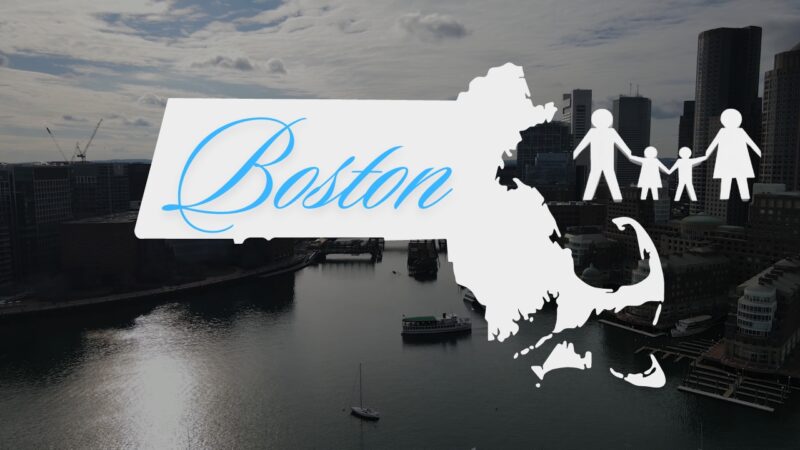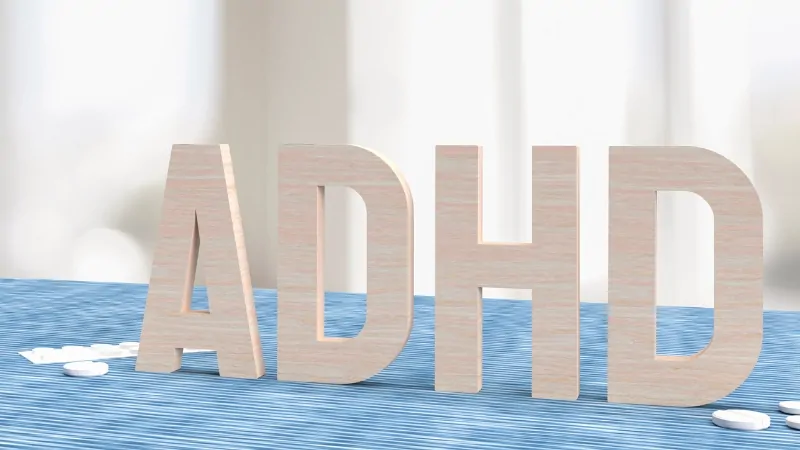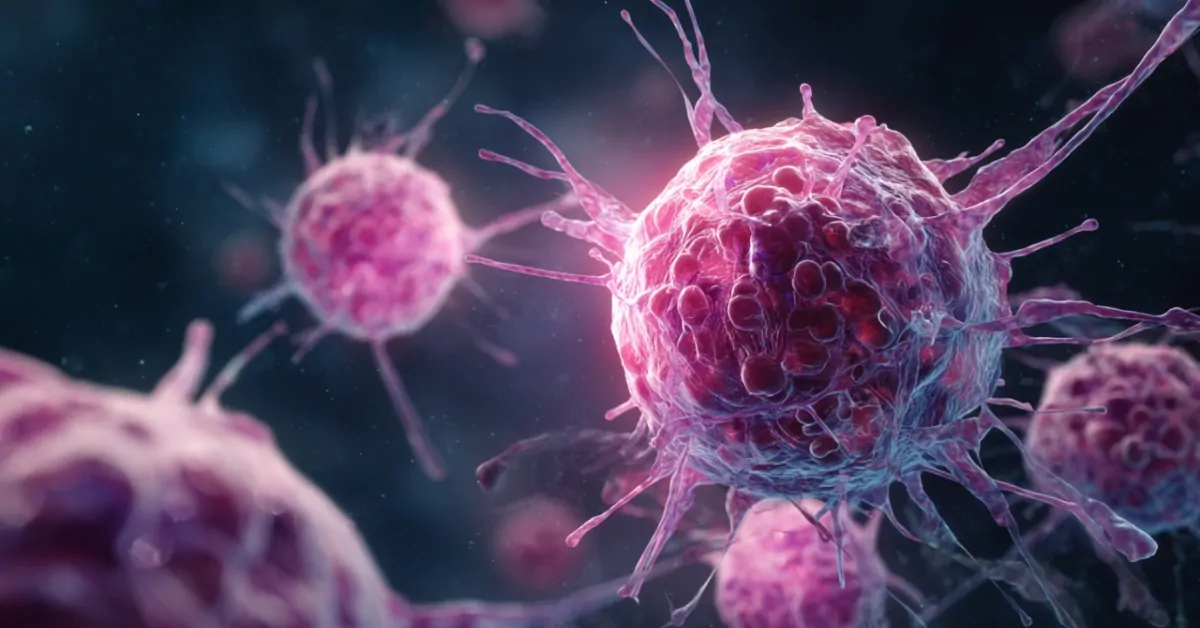As of 2025, Boston’s population stands at approximately 654,423, marking a slight annual growth rate.
Interestingly, this figure represents a decrease of 3.12% since the 2020 census according to World Population Review.
This decline contrasts with the modest growth seen in previous years and presents a unique shift in Boston’s demographic trends.
However, the current metro area population of Boston in 2025 is 4,367,000.
Key Takeaways
Demographic Shifts Over Time
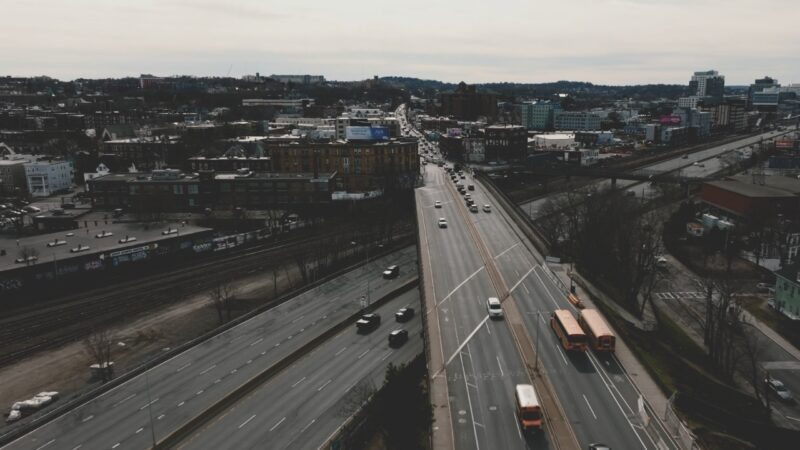
Boston’s population has experienced distinct phases of growth. Between 1950 and 2025, various census data reflect changes. For instance, the metro area population in 2022 was about 4,367,000, compared to earlier years when growth was slower according to Macrotrends.
The city saw a modest annual growth rate, as highlighted by a consistent increase in specific periods, like a 0.28% rise from 2021 to 2022.
In the early 2000s, Boston’s growth was notable, evidenced by a 10.53% increase from 2000 to 2023, with certain years marked by more substantial rises.
The city continues to evolve, adapting to various economic and social factors that influence its population dynamics.
Income and Poverty
The average household income in Boston is $132,509, but the city faces challenges with a poverty rate of 17.47%. This highlights the economic disparities that exist despite Boston’s thriving industries according to World Population Review.
Boston’s Population Density
Boston spans 90 square miles, making it one of the most densely populated regions in the U.S. The city’s population density is 13,841 people per square mile as per Census.gov.
The Greater Boston area, with its 4.3 million residents, ranks as the 10th largest metro area in the country, while the broader commuting region, home to 8.1 million, makes it the 6th largest Combined Statistical Area (CSA) in the U.S.
Ethnic Composition
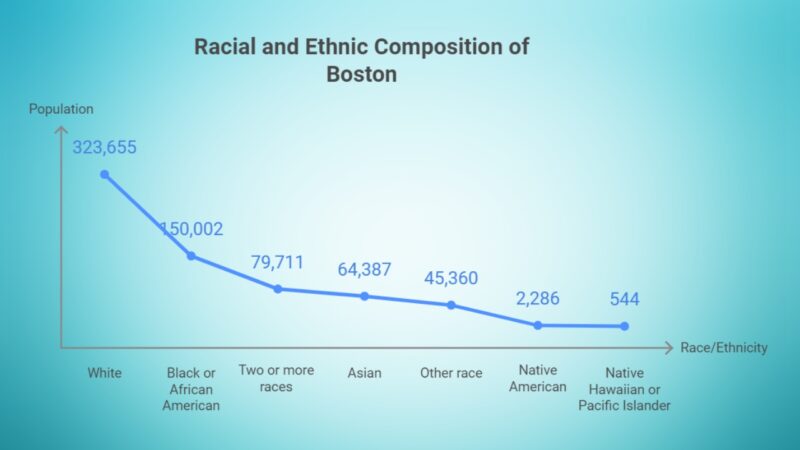
Jewish Population
Boston is home to a sizable Jewish community. Around 25,000 Jews live in the city, with the metropolitan area’s Jewish population reaching 227,000. Nearby Newton is notable for its significant Jewish presence, accounting for one-third of its residents.
Immigration’s Role in Growth
Boston has experienced substantial population growth, much of it driven by immigration. The city’s population grew by 55,000 between 2010 and 2013 alone as mentioned in Bostonglobe.
Without immigration, Boston and the state of Massachusetts would have seen a population decline. Immigrants, particularly from Latin America and Asia, have been critical to Boston’s rejuvenation, bringing in younger demographics and talent for industries like science and technology.
Future Growth and Development

Boston’s rapid growth is fueling urban transformation, with plans for 30,000 new housing units by 2020 to accommodate the influx of new residents.
Major companies are drawn to the city by its skilled workforce, while new homes and infrastructure are being developed at an unprecedented rate.
Boston’s population is expected to continue growing, with projections reaching 780,000 to 790,000 by 2020, driven by a 3.1% growth rate.
Comparative Analysis to Previous Years
The population trajectory in Boston has shown minor fluctuations over the years. In 2022, Boston housed 653,243 people, marking a decrease of 0.61% from the previous year’s 657,283 residents. By 2023, the number had increased slightly to 653,833.
When looking at historical data, such as from Neilsberg, it’s evident that minor annual changes are typical.
These statistics reveal the complex and dynamic nature of Boston’s demographic landscape, with factors such as economic conditions and social changes impacting population trends over time.
Population Density by Neighborhood
Rank
Neighborhood
Population
1
S Dorchester
60.79k
2
Roxbury
52.53k
3
Brighton
45.98k
4
Jamaica Plain
41.26k
5
East Boston
40.51k
6
Mattapan
34.39k
7
South Boston
33.69k
8
Hyde Park
31.85k
9
West Roxbury
30.44k
10
South End
30.36k
11
Allston
28.82k
12
Roslindale
27.62k
13
N Dorchester
27.54k
14
Back Bay
21.88k
15
Fenway
21.17k
16
Kenmore
17.21k
17
Charlestown
16.44k
18
Mission Hill
13.93k
19
North End
10.61k
20
Beacon Hill
9.94k
21
E Cambridge
9.23k
22
Chestnut Hill
8.81k
23
E Somerville
8.17k
24
Chestnut Hill (Duplicate)
8.12k
25
Chinatown
6.87k
26
Newton Corner
5.81k
27
West End
5.33k
28
East Dedham
4.89k
29
Bay Village
3.66k
30
Riverdale
3.63k
31
Sprague-Manor
3.12k
32
Downtown
1.98k
33
Longwood
1.75k
34
Dntn Crossing
0.82k
35
Leather Dist
0.64k
36
Long Island
0.53k
37
Government Ctr
0.30k
38
Haymarket
0.22k
39
Boston Hbr Iss
0.00k
Boston’s population distribution also highlights differences between urban and suburban areas. Urban centers like Boston Proper tend to have younger populations and higher-density housing. These areas attract individuals seeking vibrant cultural activities and career opportunities.
In contrast, Rhode Island, known for its small size, has a relatively high population density, influencing nearby urban dynamics.
Suburban regions, including areas in Suffolk County, offer more spacious housing and an environment suitable for families. This results in different demographic compositions, with more families and older adults residing in suburban settings.
Age Structure and Dependency Ratios
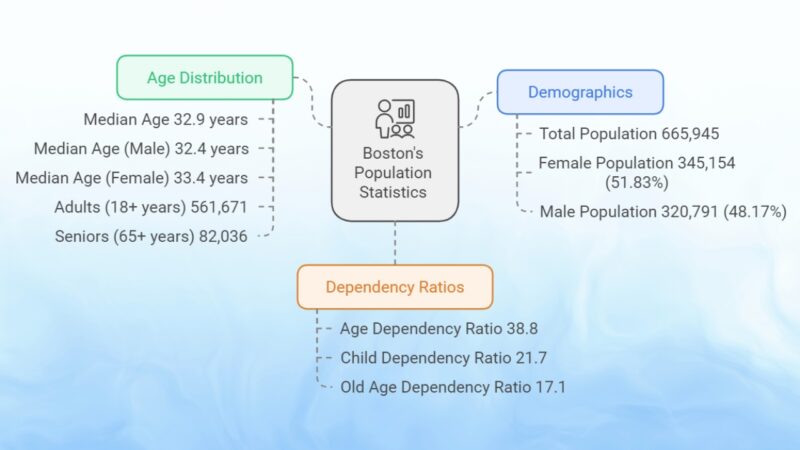
Gender Distribution
Boston’s population leans slightly towards females, with women making up about 51.83% of the total population. Men account for 48.17%, creating a balanced but notable female majority.
Median Age
The median age in Boston is relatively young at 32.9 years, reflecting the presence of a large working-age population. Men have a slightly younger median age of 32.4, while the median age for women is 33.4.
Adult Population
There are 561,671 adults in Boston, comprising the bulk of the population. Of these, 82,036 are seniors aged 65 and above, highlighting a sizable portion of older residents.
Age Dependency Ratios
- The total age dependency ratio stands at 38.8, meaning there are about 39 dependents (children and seniors) for every 100 working-age individuals.
- The child dependency ratio is 21.7, indicating a higher proportion of youth under the age of 18 relying on the working population.
- The old age dependency ratio is 17.1, showing that a smaller, but significant, portion of the population consists of seniors aged 65 and older.
Educational Attainment in Boston (2024)
Boston stands out as one of the most educated cities in the United States. Approximately 54.3% of residents aged 25 and older hold at least a bachelor’s degree, far above the national average of 33.7%.
This high level of educational attainment is attributed to the concentration of universities and its knowledge-driven industries. As demonstrated in Boston’s workforce reports, this academic prowess is essential in sustaining the city’s tech and healthcare industries
As evidenced in the 2024 labor market report, Boston’s labor force participation rate stands at 69.7%, which outpaces the national average. The unemployment rate has dropped to 3.2%, showcasing a resilient workforce recovery compared to the 3.5% national rate
Workforce Dynamics and Employment Sectors

Boston’s job market is dominated by technology, education, and healthcare. As noted in studies by the Massachusetts Department of Higher Education, the demand for college-educated workers, particularly in STEM fields, is projected to outpace supply.
A critical workforce shortage looms, with a projected deficit of 55,000 to 65,000 workers by 2025.
This challenge is compounded by educational disparities—Latino and African American students have lower graduation rates, which research findings show affects their ability to enter high-demand sectors like tech and healthcare.
Income and Employment Opportunities
According to recent studies, Boston’s median household income is $89,212, but a notable divide remains. For degree holders, employment prospects are robust, especially with 63% of jobs in Massachusetts requiring a four-year degree
However, the findings suggest that those without advanced degrees face financial challenges, as many positions offer wages below Boston’s living wage of $18.20.
Housing and Living Arrangements
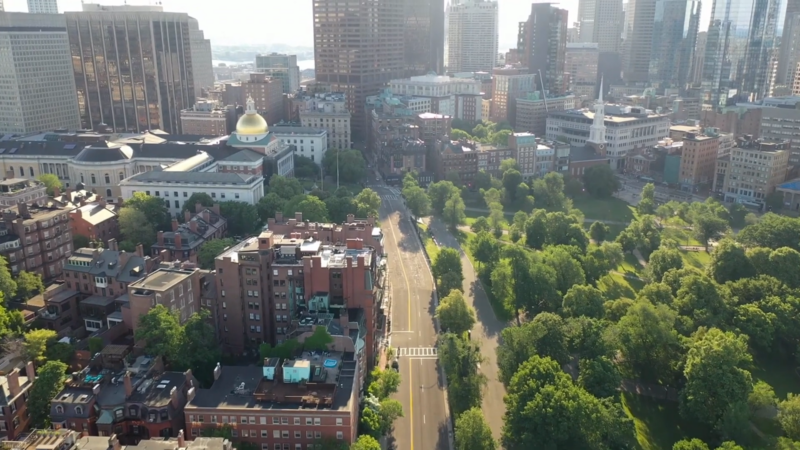
Boston continues to face significant challenges when it comes to housing affordability and availability. The housing market remains tight, with low inventory driving up prices.
As revealed by Realtor, the median home price in Boston is currently around $899.9K, with the median list price even higher.
This upward pressure on housing prices is largely attributed to a phenomenon called “rate lock,” where homeowners with low-interest mortgages are reluctant to sell, keeping the housing supply limited.
Housing Affordability and Rental Market
The affordability crisis in Boston is deepening, as outlined in the 2023 Greater Boston Housing Report. While Boston has made strides in building income-restricted housing, accounting for 19% of its housing stock, this is still insufficient to meet demand.
Rents in Boston have also skyrocketed, with the average rent for a one-bedroom apartment hovering around $2,880, and two-bedroom units reaching as high as $3,600 as per apartments.com.
The rental market remains competitive, with a 3.5% vacancy rate, further pushing prices upward.
Housing Development and Zoning Reforms
To tackle the housing shortage, the findings suggest that zoning reforms have started to take shape in Boston. The 2021 legislation requiring “MBTA communities” to adopt zoning laws for denser housing near transit stations is a positive step toward increasing housing supply.
However, challenges remain, particularly in areas with high land and construction costs, which make building affordable housing difficult.
Projection for Future Population Changes
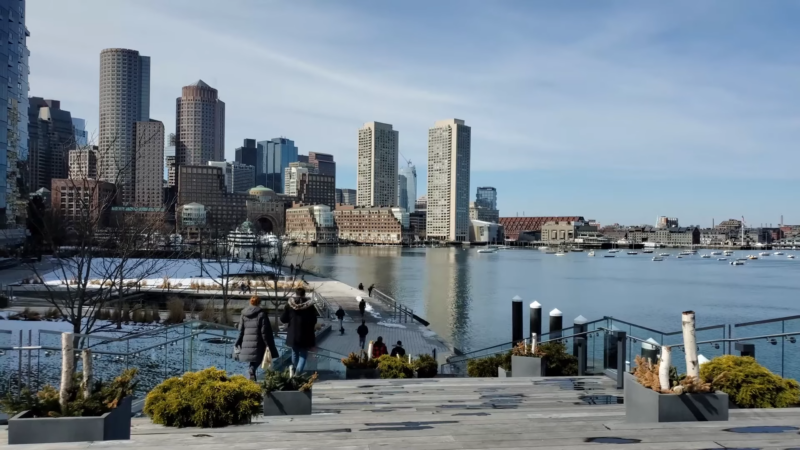
Boston’s population is projected to continue growing steadily, with estimates suggesting that the city could reach 760,000 residents by 2030. This represents a significant increase from the current population of approximately 654,000, driven largely by international immigration and the continued influx of college students and young professionals to the city.
This growth aligns with the broader trend of Boston becoming a major hub for education, healthcare, and technology, which attracts both domestic and international talent.
As highlighted by the Boston Planning and Development Agency, much of this future growth will occur in key neighborhoods and areas identified for expansion, such as the Fairmount Corridor and the waterfront areas.
These regions are central to the city’s Imagine Boston 2030 initiative, which aims to create resilient, inclusive spaces while promoting both economic and residential growth.
The projections show that Boston’s youth and working-age populations will continue to be strong, as the city remains a destination for younger residents seeking education and employment opportunities.
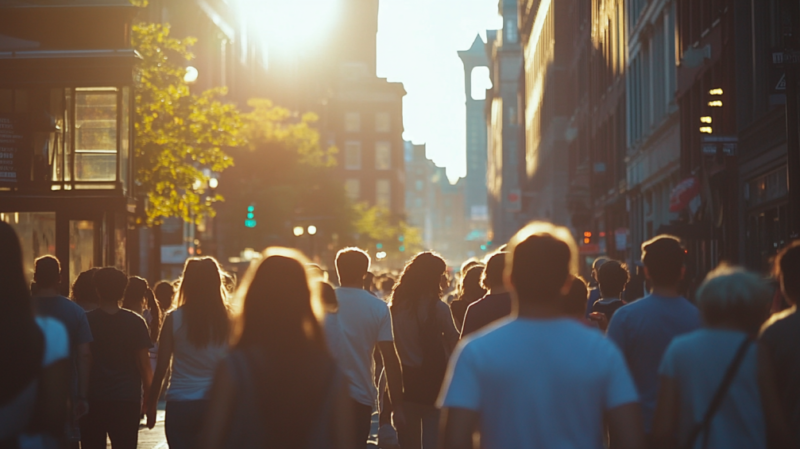
However, as observed by various reports, demographic shifts also indicate an aging population in the coming decades, which may require adjustments in housing, healthcare, and social services to accommodate older residents.
Looking further ahead, according to the data, by 2050 Boston’s population could approach 800,000 residents, marking a return to population levels not seen since the mid-20th century. However, factors such as housing availability, immigration policies, and economic conditions will play pivotal roles in determining the exact growth rate over the coming decades.
Similar projections for New York indicate a population nearing 371 million by 2050, raising concerns about the city’s ability to provide adequate resources and services.
As demonstrated in the city’s strategic plans, Boston aims to manage this growth responsibly by investing in infrastructure, housing, and transportation to ensure that the expanding population can be sustainably supported.
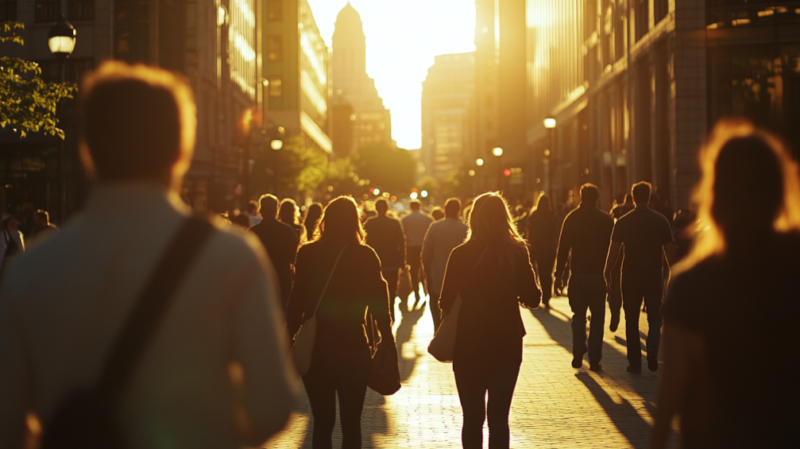
In sum, understanding these projections involves recognizing the complex interplay between local policies and broader demographic trends. Further insights can be found in the Larger Demographic Trends and Population Predictions for Boston and Massachusetts studies.
These projections emphasize the need for strategic planning to ensure Boston remains a resilient and vibrant city.
Methodology
The methodology for writing this post involved gathering data from reliable sources, such as the U.S. Census Bureau, Boston Planning and Development Agency, and Macrotrends.
Supplementary statistics were drawn from credible secondary sources like World Population Review and Realtor.com. All data points were cross-verified to ensure accuracy.
The content was structured with a clear flow, starting with key population figures and moving through thematic sections like demographic shifts, economic factors, and future projections.


